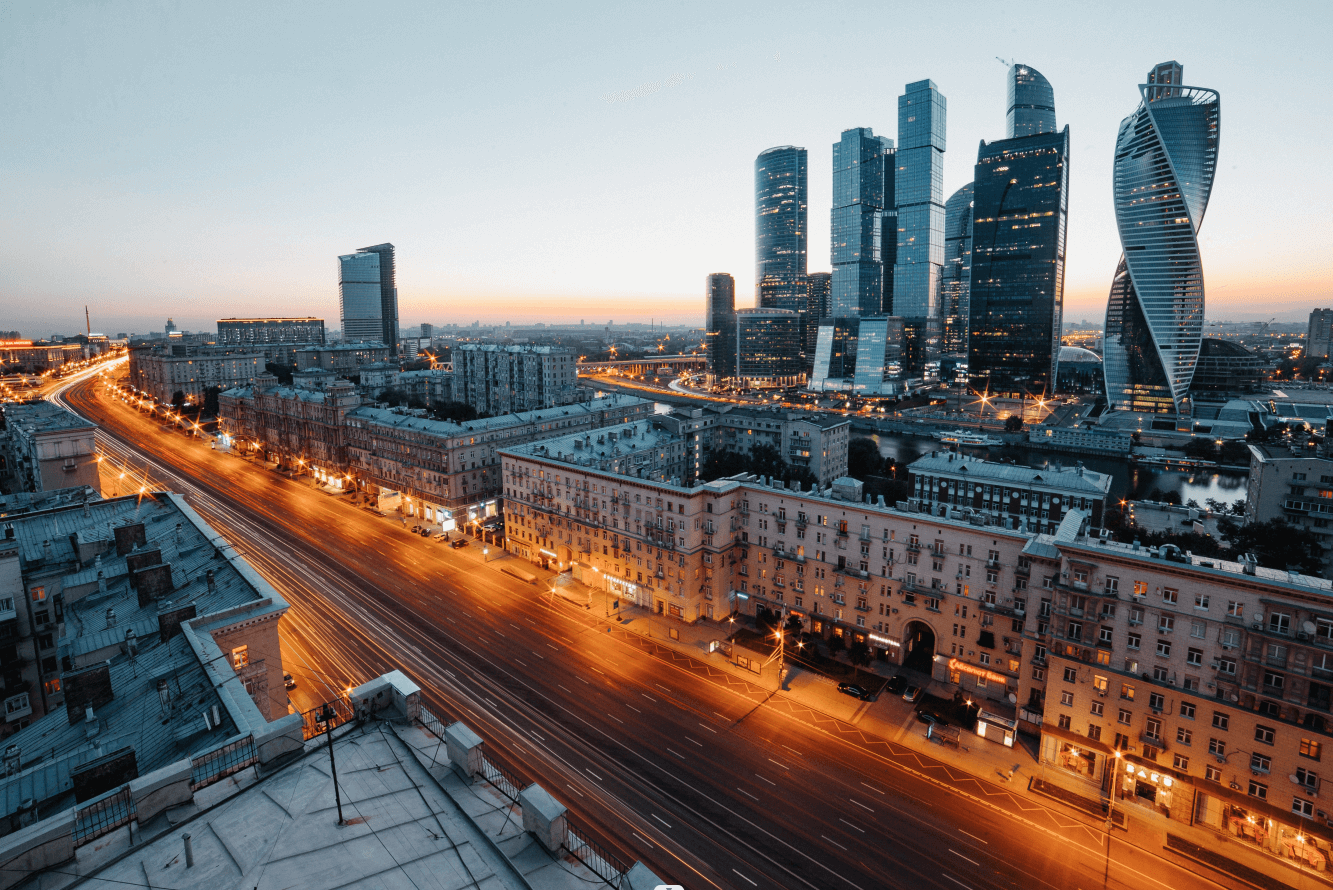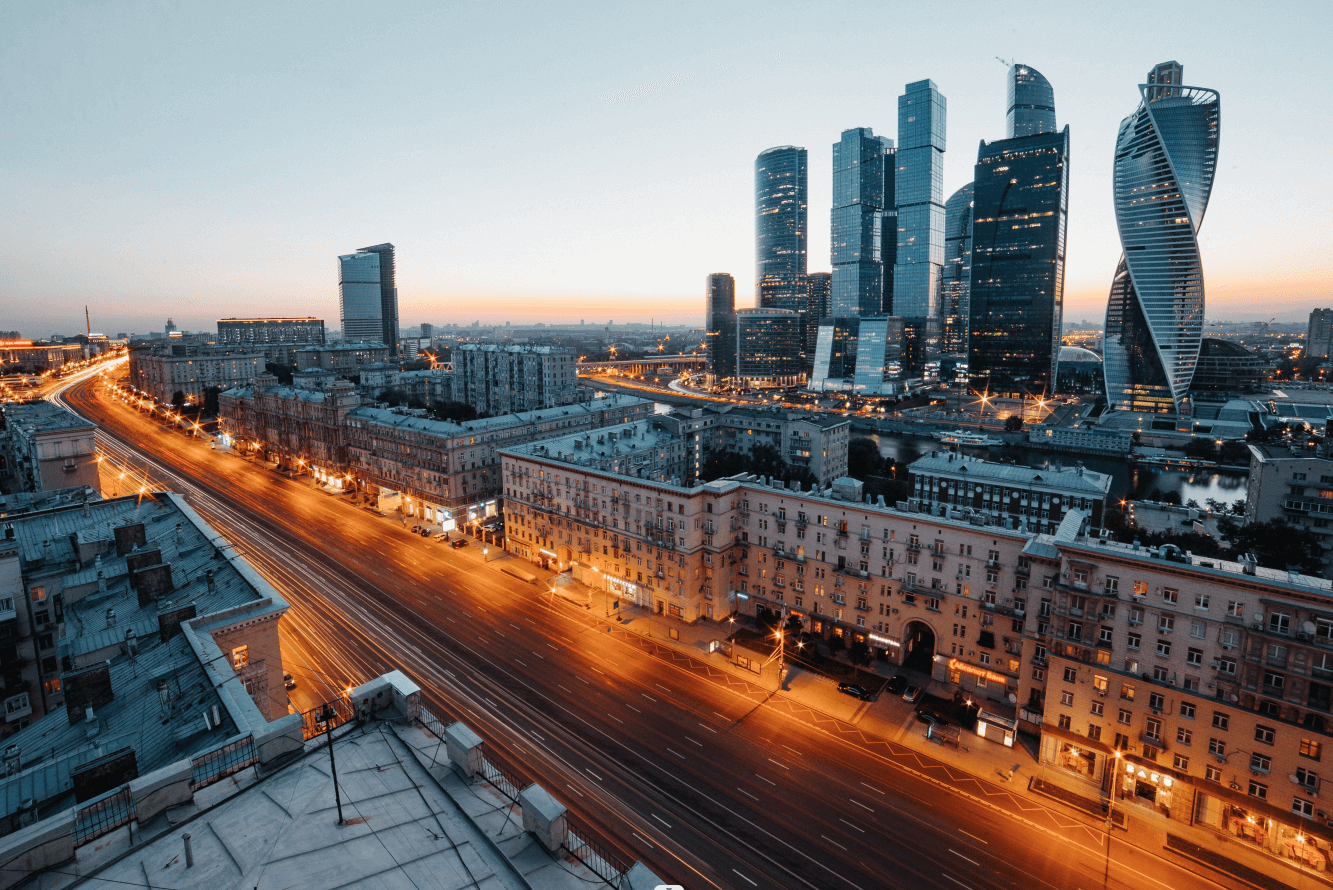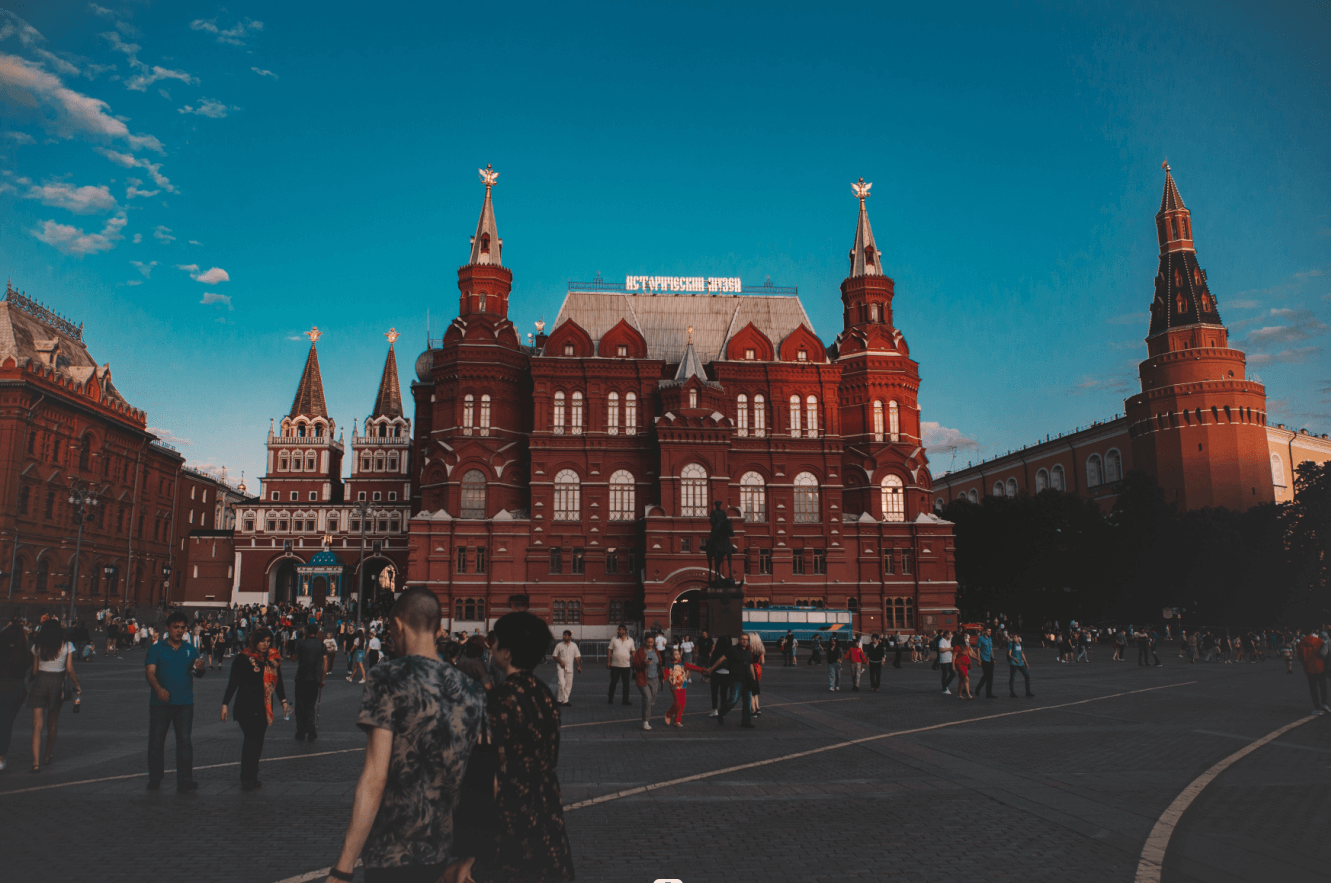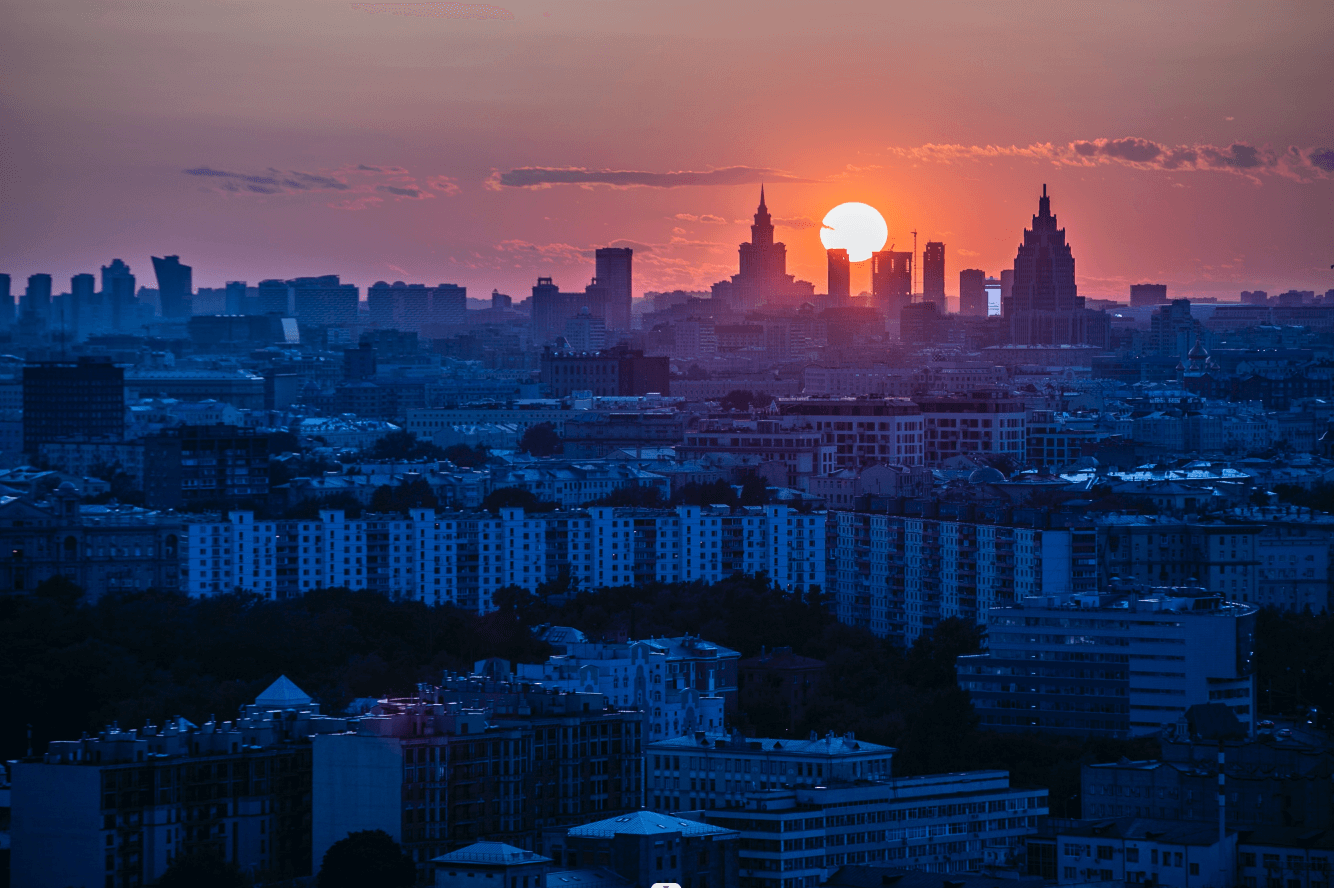
1. Introduction
Moscow is the capital and the largest city of the Russian Federation and the political, economic, cultural, financial and transport centre of Russia. Moscow is located in the middle of the Russian plain, on the banks of the Moscow River, with an area of about 2,560 square kilometres and a resident population of about 12.3 million.
Moscow is the largest integrated industrial centre in Russia, with a strong focus on heavy and chemical industries, machinery and instrumentation. With nearly 90% of Russia's intelligent industrial resources, Moscow has become the most innovative city in Russia, with strengths in information technology, space technology, biotechnology, nuclear technology and energy-saving technology.



 Photo by max-avans https://www.pexels.com/zh-cn/photo/5058118/
Photo by max-avans https://www.pexels.com/zh-cn/photo/5058118/
2. Overview of innovation development
(1) Russia and Moscow Innovation Development Strategy
A. Strategy for the Development of Innovation in Russia until 2020: In October 2011, the Russian government launched the Strategy for the Development of Innovation in Russia until 2020, which defines the goals, priorities and main measures for innovation in Russia. The strategy proposes initiatives to support innovative companies, train innovative people and build an innovative state, and continues to increase state involvement and investment in innovation development. By 2020, domestic R&D expenditure on science, technology and innovation should increase to 3% of GDP, of which no less than 45% should be allocated by the state and 1.3% by the government.
B. "Strategy for the development of the Russian manufacturing industry until 2035": The Russian government has approved the "Strategy for the Development of Russian Manufacturing until 2035" on June 2020. The strategy focuses on digital technologies, innovative areas and human resources development, with the aim of increasing the competitiveness of products by accelerating the development of high technology and further introducing digital technologies into production. According to the strategy, priority areas for development until 2035 include aviation, shipbuilding, electronics, medical, automotive, transport, agricultural engineering and petrochemical complexes. The strategy envisages a 50% increase in the total number of companies in the innovation sector by 2024.
C. Strategy for the development of innovative industrial clusters in Moscow: in April 2018, the Moscow city government submitted an application to the Russian government for the creation of innovative industrial clusters in order to unite information technology companies, business incubators, science and technology parks and academic institutions in Moscow to expand their scientific and production potential. In November of the same year, the Russian government signed a document on the creation of an innovative cluster in Moscow to coordinate the development of scientific, industrial and educational industries. In May 2020, 2,500 companies were added to the cluster, bringing the total number of companies to over 7,000.
D. Smart City Development in Moscow: The Moscow Smart City strategy began in 2011 with the creation of the Moscow City Department of Information Technology to digitise the city's functions, followed by the launch of the Smart Moscow 2030 strategy. The Moscow Smart City programme will integrate more than 400 projects in all areas of city life and aims to use advanced technologies, especially information technology, to optimise and integrate city resources and to achieve a finer, more dynamic management of the city, making life easier and more comfortable for citizens.


 Photo by maxim-titov https://www.pexels.com/zh-cn/search/Moscow/
Photo by maxim-titov https://www.pexels.com/zh-cn/search/Moscow/
(2) Innovative Development Subjects
A. Scientific institutions: Moscow has established a number of national scientific institutions such as the Russian Academy of Sciences, the Kurchatov Institute, the Dubna Joint Institute of Nuclear Research and the Institute of Theoretical and Experimental Physics, which carry out research on major scientific projects and are constantly improving their scientific and technological competitiveness. Among them, the Russian Academy of Sciences has been very fruitful in basic research in natural, technical, social and human sciences; the Kurchatov Institute is strong in nuclear energy, basic physics, nano, biological and information technology.
B. Institutions of higher learning: Moscow relies on prestigious institutions of higher learning such as Moscow State University, Bauman Technical and Technological University, Moscow Institute of Physics and Technology, National Research Nuclear University and Russian National University of Science and Technology to promote research and innovative talent in cutting-edge fields. Moscow State University, founded in 1755, is Russia's largest centre for teaching and research, bringing together the country's leading talents, particularly in mathematics and physics, and has produced more than 10 Nobel Prize winners and over 300 members of the Russian Academy of Sciences.
C. Technology parks: The number of Moscow's technology parks has increased from 15 to 36 since 2015, creating 60,000 well-paid jobs. Nearly a third of the companies located there are known to focus on research and development, 20 per cent are in manufacturing, 15 per cent
More than 2,000 companies are located in the Moscow Science Park (82% of them are SMEs). As of September 2020, more than 2,000 companies (82% of which are SMEs) are located in the Moscow Science Park, mainly in the fields of information technology, biotechnology, pharmaceuticals and microelectronics. The Skolkovo Innovation Centre, established in 2010, is the largest science and technology park in Russia and is known as the 'Silicon Valley of Russia'. Skolkovo currently comprises a science park and five blocks (including information technology, space technology, biotechnology, nuclear technology and energy-saving technology). The park cooperates with foreign research centres, universities and large multinational companies, including China's Zhongguancun Science and Technology Park, Tsinghua Science and Technology Park, Nokia of Finland, Siemens of Germany, Microsoft of the USA, Boeing, Intel, IBM and others. The Skolkovo Institute of Technology has been established within the Skolkovo Innovation Centre and will focus on cross-disciplinary research work.
(3) Important innovation cooperation platforms
Since 2012, the Moscow International Forum on Innovative Development "Open Innovation" has been held annually in Moscow. In 2014, Premier Li Keqiang attended the Forum and delivered a speech entitled "Innovation for joint and inclusive development", pointing out the huge potential of innovation and entrepreneurship in China and Russia. Three Dilemmas", outlining the main challenges that digital transformation poses for society, government and business.


 Photo by алексей-васильев https://www.pexels.com/zh-cn/search/Moscow/
Photo by алексей-васильев https://www.pexels.com/zh-cn/search/Moscow/

